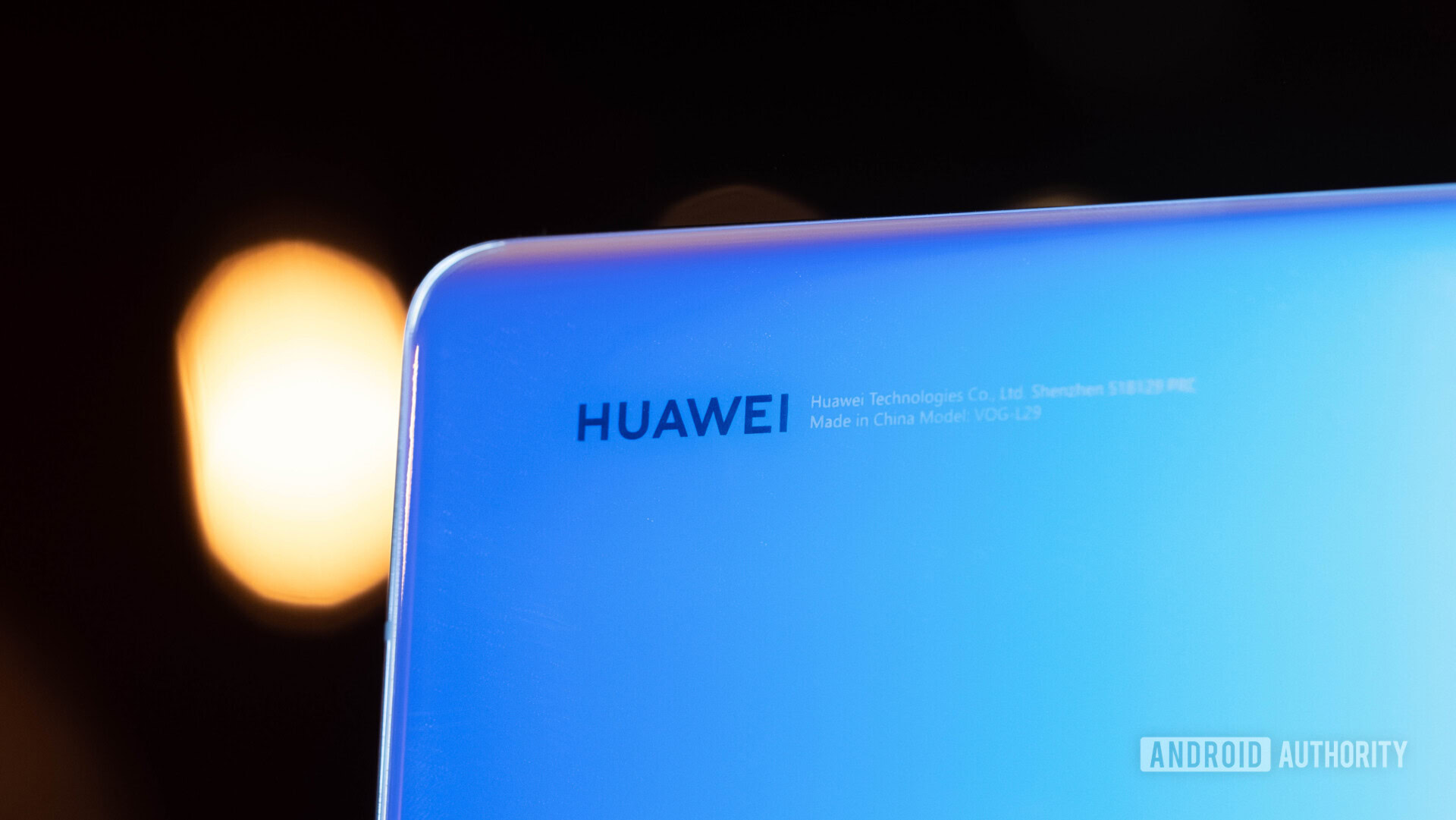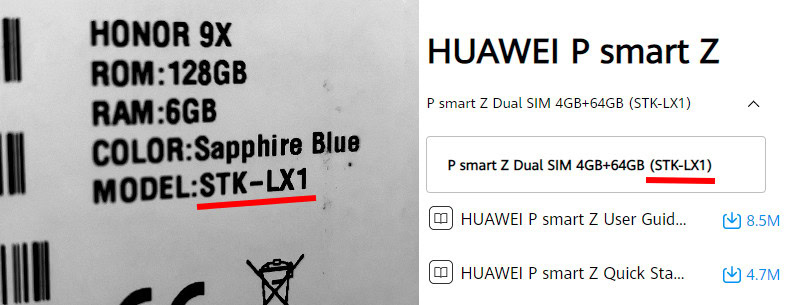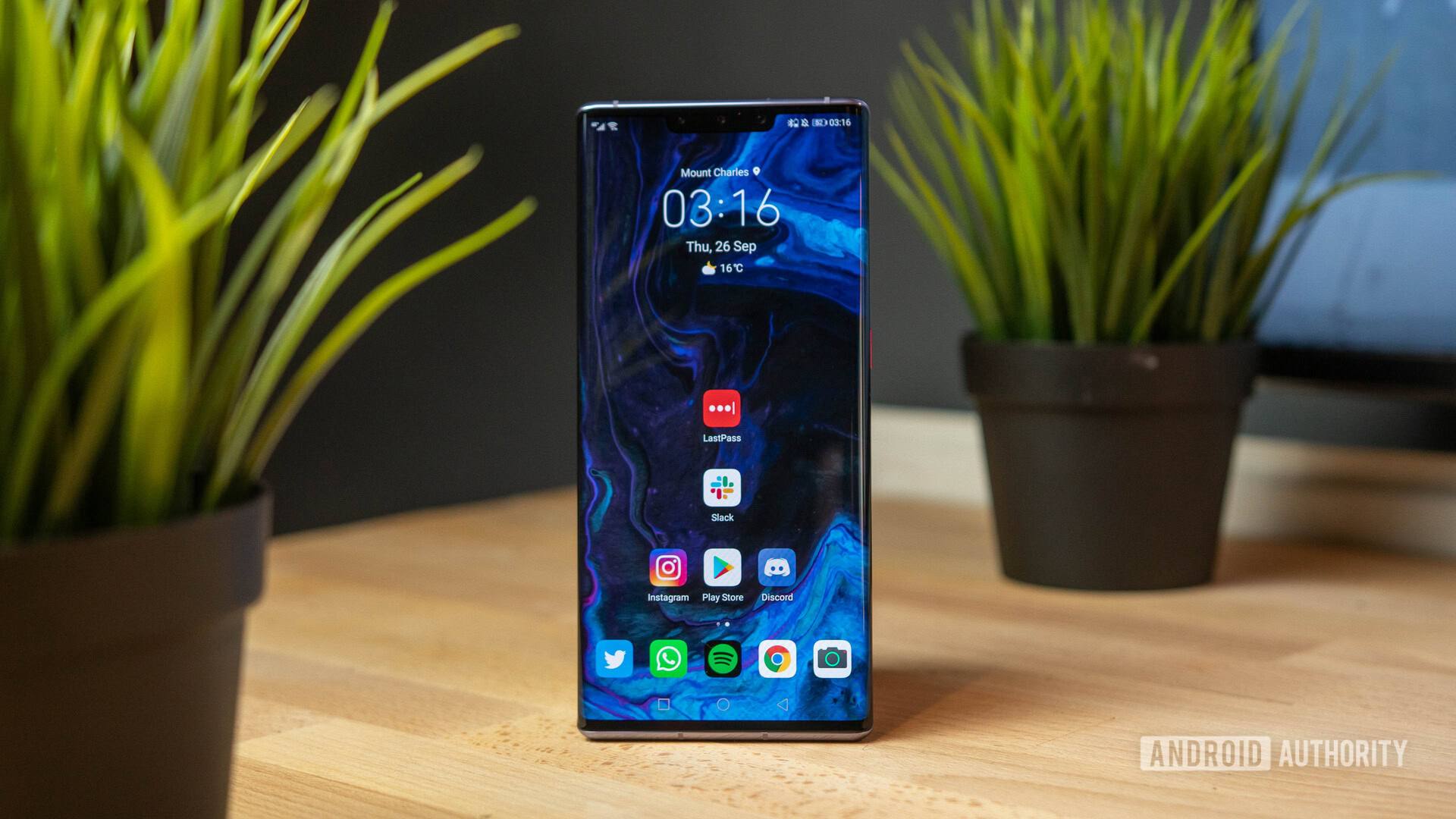Affiliate links on Android Authority may earn us a commission. Learn more.
How can HUAWEI release new phones with Google apps?

It’s no secret that US trade sanctions affecting HUAWEI are biting hard. The otherwise excellent HUAWEI Mate 30 Pro is yet to make a Western appearance, owing to the lack of Play Store and Google Mobile Services (GMS) that many apps rely on. Similarly, the foldable HUAWEI Mate X is only launching in China, for the time being, preventing us from experiencing the industry’s cutting-edge technology.
Unfortunately for HUAWEI, a workaround has not been forthcoming. The company’s AppGallery must attract many more developers to offer a big enough library for Western audiences. Third-party methods to install Google Play are few and far between and disappear as fast as they spring up.
What HUAWEI needs is a way to launch devices seemingly as normal, complete with Google Play and GMS. There is a way the company can do just that, but it has its drawbacks.
The HONOR 9X shows how it’s done
As we noted in our HONOR 9X review, the phone’s European release features subtly different hardware to the Chinese model. The main change is the Kirin 710F processor rather than the newer Kirin 810. The fingerprint scanner placement is also different and so are the cameras. The reason for this is so that the European 9X can ship with GMS, while the Chinese model can obviously make do without. But how is this possible?
It turns out the European HONOR 9X’s model number is identical to the HUAWEI P Smart Z. This phone launched back in May 2019 and, not coincidentally, was HUAWEI’s first smartphone with a pop-up selfie camera. The two phones share a number of other hardware similarities, including the same Kirin 710F processor, huge 6.59-inch display, rear fingerprint sensor, and the 4,000mAh battery. There are, however, a few notable differences, including the camera specifications, memory configuration, and the aesthetic design, of course.
These phones clearly aren’t exactly the same despite the shared model number. However, this isn’t unusual behavior for HUAWEI. The recently launched HONOR Nova 5T also shares the same model number and specs as the HONOR 20.
Now it’s certainly possible that these phones obtained their GMS certification before May 2019, but they didn’t necessarily have to. To understand why let’s examine how devices obtain GMS certification.

How GMS product certification works
Any manufacturer that wants to install GMS on top of Android has to obtain a GMS license and a Mobile Application Distribution Agreement (MADA) for their device and then pass several compatibility tests. There’s the Android Compatibility Test Suite (CTS) to validate software and hardware components and APIs. Then the Google Mobile Services Test Suite (GTS) and Vendor Test Suite (VTS) to test multimedia capabilities and OS kernel and HAL capabilities.
The key thing to note is that these tests depend on two things – the Android OS version and the hardware it’s running on. Most likely, these tests are run on prototype and/or developer devices before the final production stage. Changing the OS or processing hardware would require retesting. However, some pieces of hardware are test agnostic and can be changed without retesting, especially device aesthetics.
It's possible to reuse existing hardware, make small changes, and retain GMS compatibility.
What Google appears to care about is whether said device’s hardware and software support the features that GMS requires. In theory, manufacturers can change hardware not tested as part of the GMS process without Google knowing or caring. However, the MADA explicitly states that telecom specific and regional devices must also pass the CTS. Therefore, GMS certification attaches to the carrier and regional model numbers rather than the final consumer product name.
In a nutshell, GMS certification is not dependant on the aesthetics of a device, but rather just parts of the internal hardware and the market. Keep these the same, and manufacturers are free to change the exterior design all they want. Some hardware changes are also possible, providing they don’t interfere with the CTS and VTS test results. This includes changing memory configurations, camera capabilities, and possibly a few other abstracted hardware components as well.
Roland Quandt of WinFuture aired this possibility earlier this week, in a series of tweets.
This is the new (European) HONOR 9X. Which isn’t actually new. It’s a HUAWEI P Smart Z (STK-LX1) with a better camera + different mem config. This is how HUAWEI launches “new phones” w/ Google services – they’ve had the certification for this device long before Trump’s embargo. pic.twitter.com/M0wkyyeh37— Roland Quandt (@rquandt) October 24, 2019
We reached out to HUAWEI about the exact way it’s able to release new devices with Google onboard. A company representative didn’t answer our specific question, but pointed out that the HONOR 20 and HUAWEI Nova 5T have different target audiences, different external appearances, and different operating systems (Magic UI and EMUI respectively; the former is a reskinned version of EMUI).

This workaround isn’t without its problems
To be clear, we have no guarantee that HUAWEI is reusing previously certified smartphone designs. Perhaps it actually obtained certification for the Nova 5T and HONOR 9X before the May ban, even though five months is a long time in the mobile industry.
That said, repurposing old models is clearly possible and HUAWEI could launch “new” smartphones using older internals. Bringing flagship innards and software down to the mid-range a year or so later is very common anyway. However, this isn’t a particularly viable solution for flagship phones.
Few consumers are interested in older internals at flagship prices. At least not without major improvements to photography or other capabilities, which may or may not be possible. Even if HUAWEI improved its camera capabilities and memory configurations, high-end customers demand bleeding-edge performance and new features, which would break GMS compatibility.
While technically possible, reusing and tweaking old devices is not a long term solution.
Furthermore, older versions of the MADA (section 4.3) available online reveal that Google approval is required for all Android OS updates. This won’t be forthcoming from Google anymore. Fortunately, Android 10 updates are promised for the HUAWEI P30 series, the Mate 20s, P20 range, and a few other devices. HUAWEI appears to have GMS certification with Android 10 for these models, and so could ship up-to-date recommissioned versions of these devices in the future. However, this option will quickly run out of road by the time Android 11 rolls around.
While technically possible, reusing and tweaking old devices is just a short-term solution. Such a strategy may keep HUAWEI’s product cycle and announcements ticking over, but it can’t produce the bleeding edge new devices that the company is known for. Ultimately, HUAWEI needs a resolution to the trade dispute or a viable third party arrangement to install GMS on its devices.